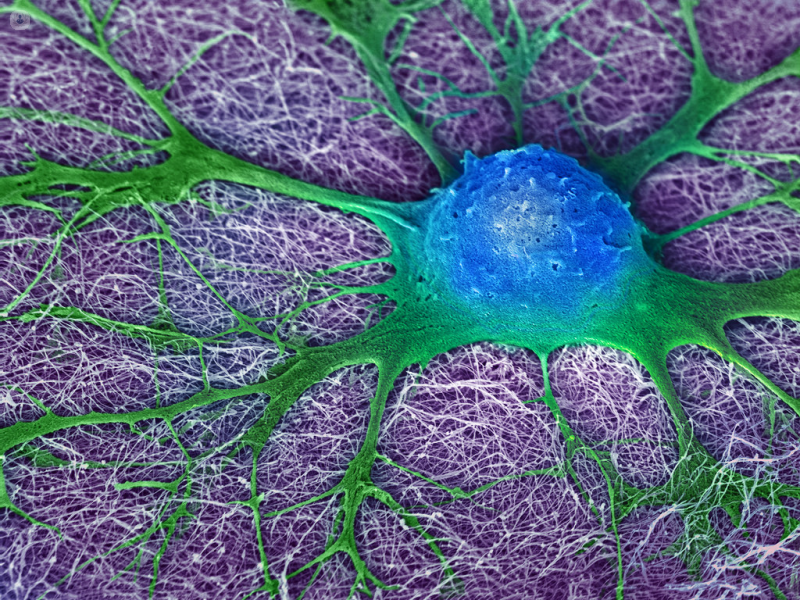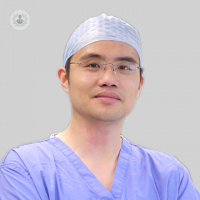What you need to know about cell therapy and how it can treat your knee
Autore:Osteoarthritis is a painful condition that affects the cartilage in our joints. Can we use the body's own biology to treat osteoarthritis? Expert orthopaedic surgeon and sports medicine specialist Professor Paul Lee explains cell therapy and how it can help stimulate the body to repair itself.

What happens to the cartilage in osteoarthritis?
In osteoarthritis, the cartilage gets worn away. We sometimes hear people talk about ‘wear and tear’ of the joint, which leads to osteoarthritis. What that means is that when we are loading our joints abnormally, the forces going down on the cartilage increase significantly and that will cause damage to the cartilage. The exact mechanism of osteoarthritis is not understood, but we know there are various different treatment options that we can do to improve osteoarthritis.
What is the aim of cell therapy?
The aim of cell therapy is to help and enhance the body’s biology to help the cells to repair our own body. There are various different methods we can use to treat the cells, whether by replacing cells with different cell (for example, stem cells or cartilage cells), or by doing something that would enhance what we have got in our body – for example, using growth factors or different man-made synthetic factors that can help our cells to regenerate and to recover. Also, with chemicals and with drugs we will be able to modify the environment around those cells and to potentially turn them back to their healthy state or maybe help them recover and that is the main aim of cell therapy.
What types of cell therapy have been developed so far?
There are many different types of cell therapy that have been developed. They can either involve looking at the cells themselves or the environment around the cells.
Examples include:
- Stem cell therapy
- Growth factors, e.g. PRP (platelet-rich plasma)
- Man-made molecules, e.g. hyaluronic acid – these can help the environment around the cells and give them the nutrients they need to help them recover.
What are the potential advantages over other treatments?
The advantages of cell therapy over other treatments is that it’s biological and tailor-made for our own bodies, instead of putting metal, plastic and other sorts of tissue, such as animal tissue or man-made tissue.
I think the best thing to do is to use our own body to heal ourselves and that is the ultimate aim of cell therapy.
How strong is the evidence for cell therapy?
There is different evidence out there for cell therapy. It depends what we are looking at. In some sectors of cell therapy, there are over twenty years of experience and many randomised control trials to show that it is superior compared to traditional, say, micro-fracture. There are also studies that suggest it makes no difference.
It is very important for the patient to do their research properly, understand what the study is actually looking at, and perhaps be involved in one of these studies to understand the inclusion or exclusion criteria, so we know what actually works and what actually doesn’t work.
Simply typing ‘cell therapy’ into a search engine will come up with a lot of random facts. I think it’s very important to seek professional advice and discuss with a doctor what evidence is there and does that actually suit your needs.


